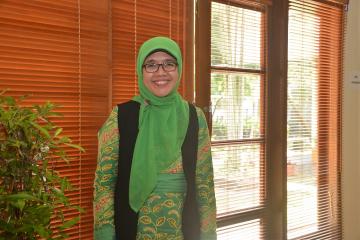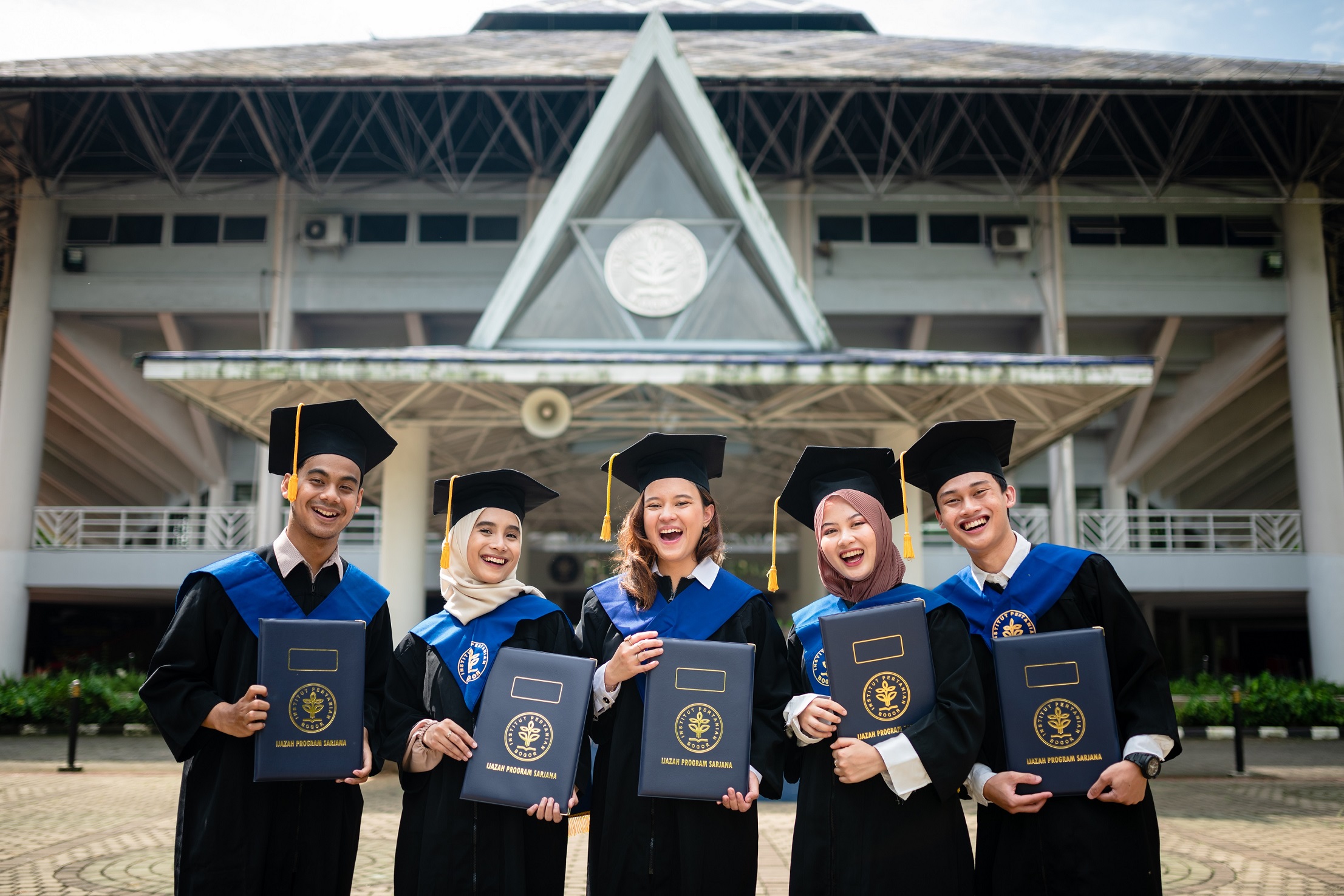Professor of IPB: Attention, Behavior of Aedes Aegypti Mosquito

In each entering the rainy season, the disease of Dengue Hemorrhagic Fever (DBD) always attacked the humans. The vectors of DBD were Aedes Aegypti and Ae Albopictus mosquitoes. Larvae of Aedes Aegypti which was originally only occupying the domestic habitat, especially the clean water container in the house, was now able to grow in the container of water containing the pollutant.
“Population shift of mosquito also occurs. In 1990, Complex of IPB Darmaga was inhabited by Ae Albopictus, but in 2002 until now it is dominated by Ae Aegypti. Now both are acting as the primary and secondary vectors of DBD,” said Prof.Dr.drh. Upik Kesumawati, Professor of Faculty of Veterinary Medicine, Bogor Agricultural University (FKH of IPB) in a press conference of pre oration in Campus of IPB Baranangsiang, Bogor (17/3).
Change in the blood sucking behavior also occured in Ae Aegypti that was originally active in daytime (diurnal), now it was also active at night (nocturnal). This mosquite was also easily disturbed, able to move from one person to another, and being an efficient vector in increasing the risk of transmission of DBD.
According to her, as the animal of poikilotermik, the life of Ae Aegypti was influenced by climate. If the temperature increased, so the mosquito could live more active and transmitted the virus of DBD more quickly. Extrinsic incubation period of the virus of DBD in the body of Ae Aegypti became shorter and bred mosquito faster.
“Lifestyles of today’s modern men are many to create the habitat for Aedes mosquitoes. Our research results in eight locations show free larvae figure of 17.8-88.5 percents. Meaning, the chances of disease transmission are still great. Free larvae figure must be above 95 percents,” she explained.
The research conducted in 2014-2015 in Bogor City showed that Ae Aegypti from 35 kelurahan (35 strains) was resistant to three classes of insecticides commonly used. Mosquito strain that was resistant to malathion (class of organophosphate) was of 74 percents. Mosquito strain that was resistant to bendiocarb (class of organocarbamate) was of 63 percents. Mosquito strain that was resistant to deltamethrin (class of synthetic pyrethroids) was of 86 percents. And of 80 percents of strain had the status of double resistants (to more than on class of insecticides).
“Public Health Office of Bogor City must be careful in determining insecticide which will be used for the vector control in areas that are tolerant and resistant. The availability of the map of resistance in a region can help the relevant office in conducting the vector control of dengue fever in the field,” she said. (zul)



